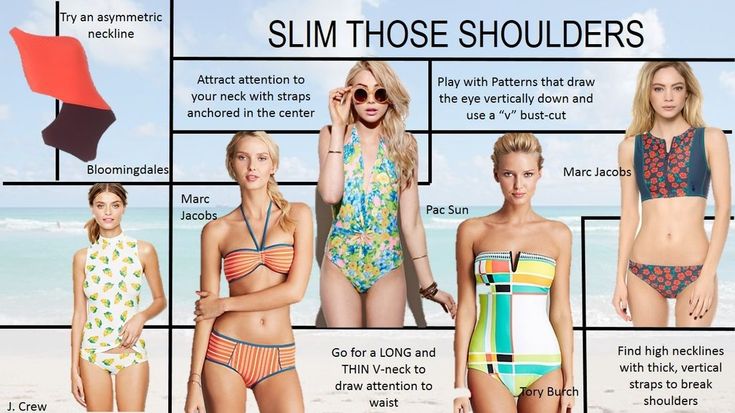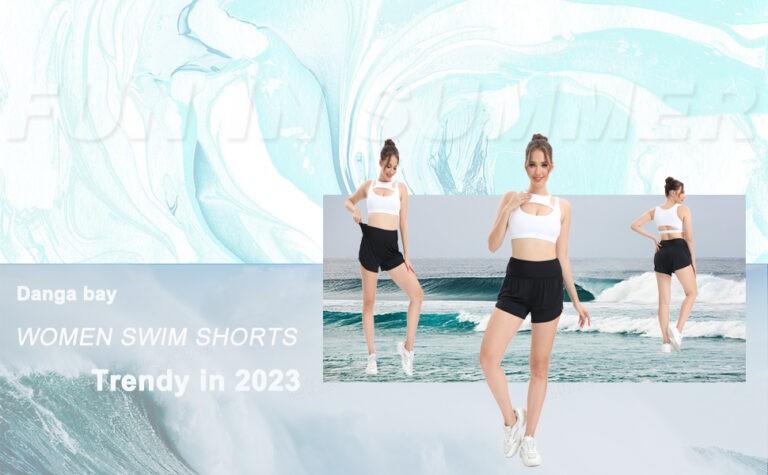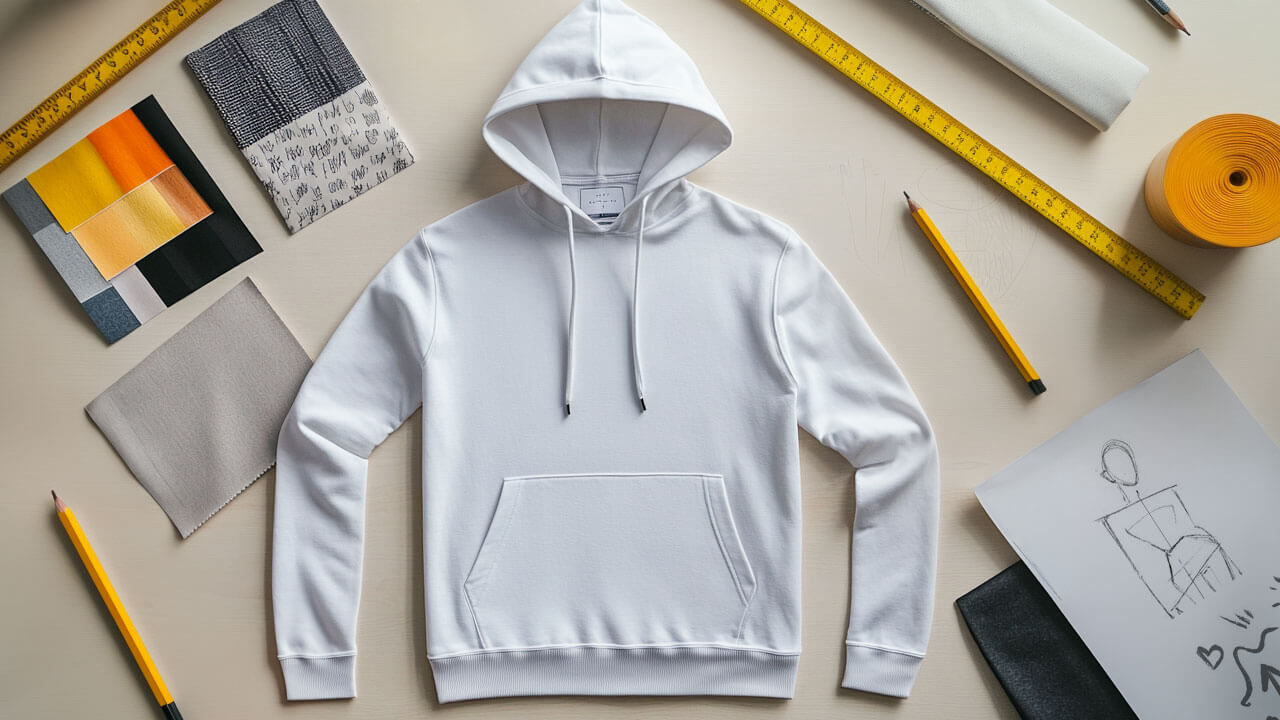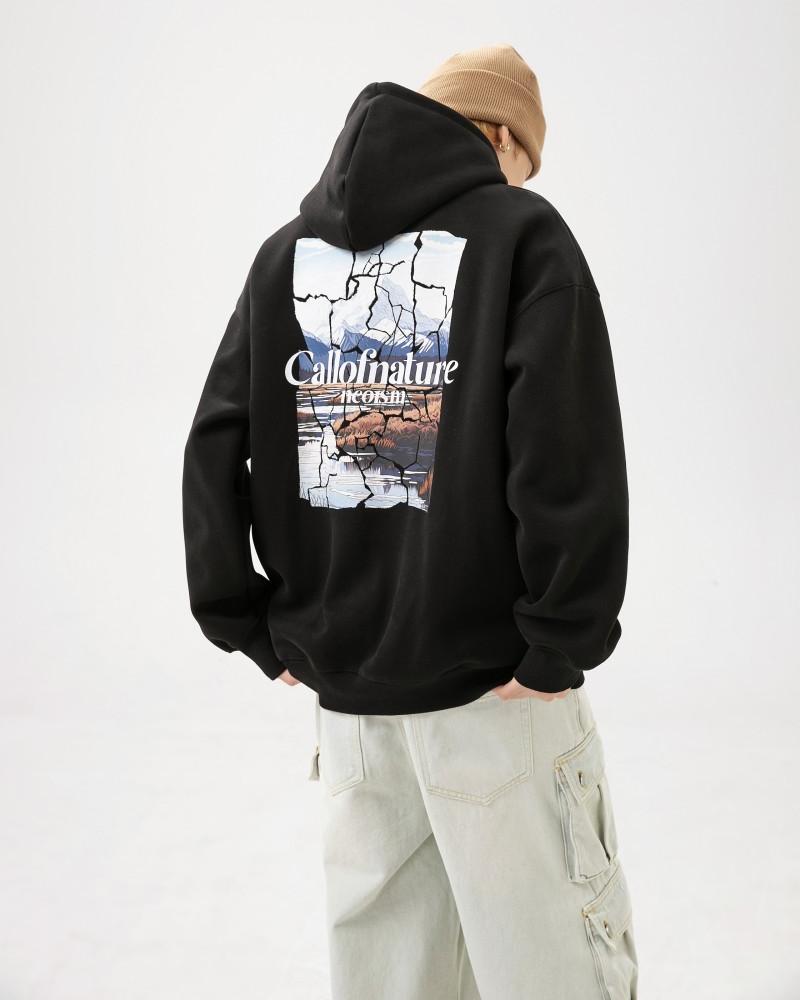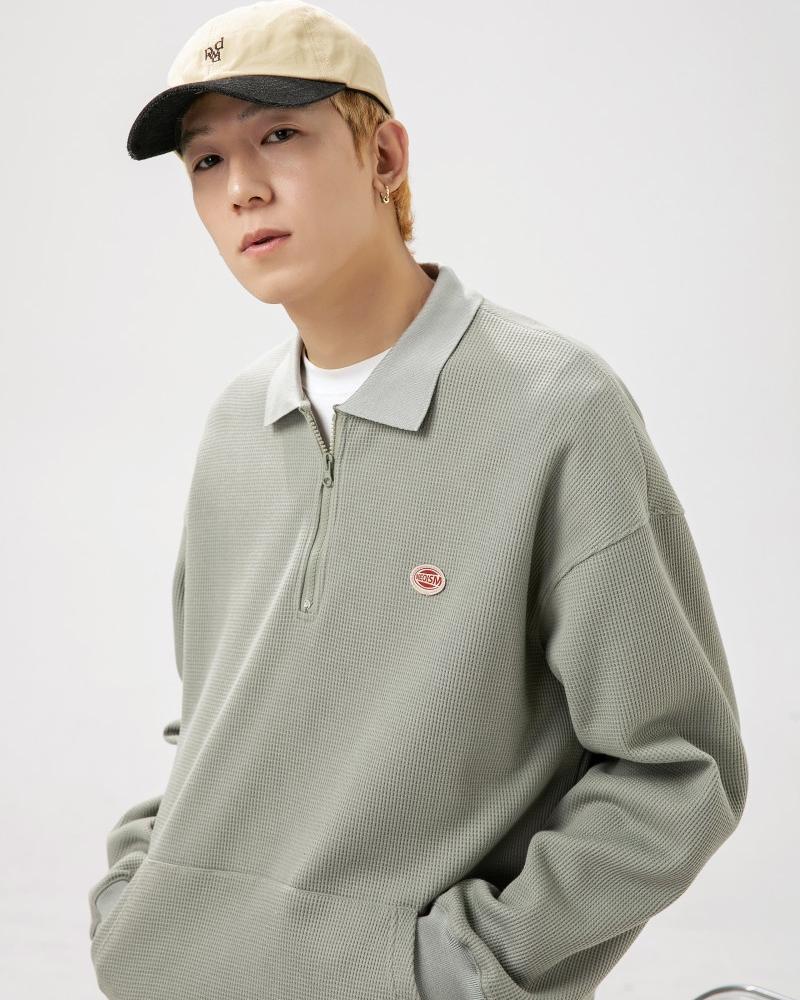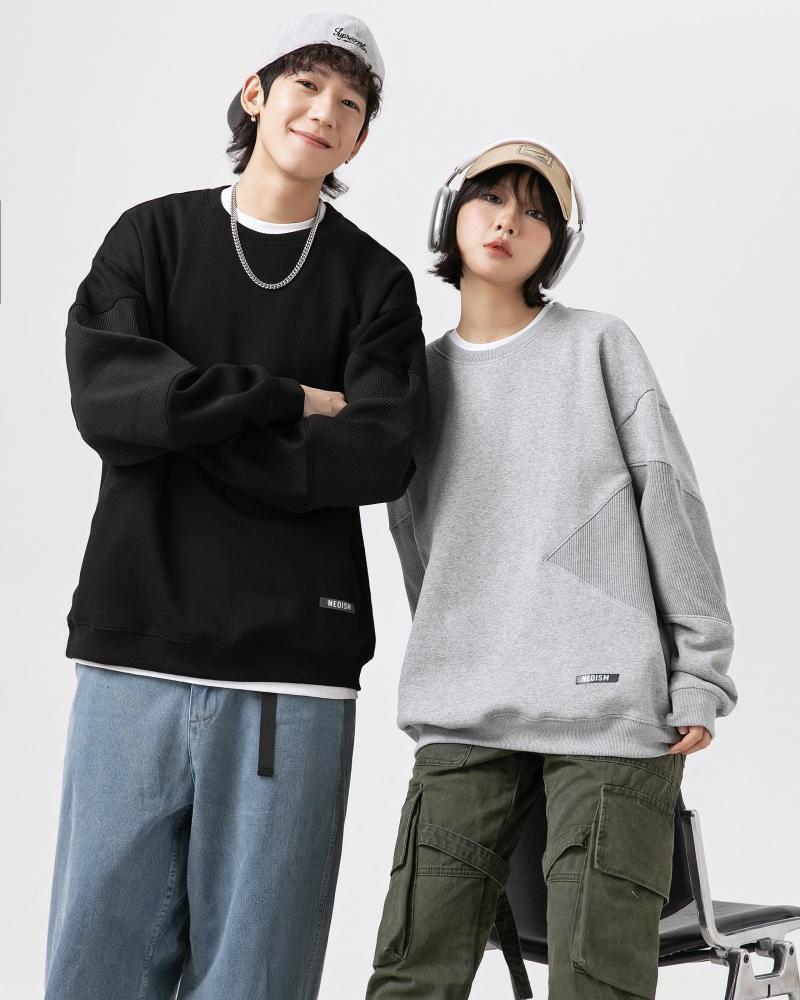-
No. 28, Zhanqian 1st Street, Liuhua Subdistrict, Yuexiu District, Guangzhou City
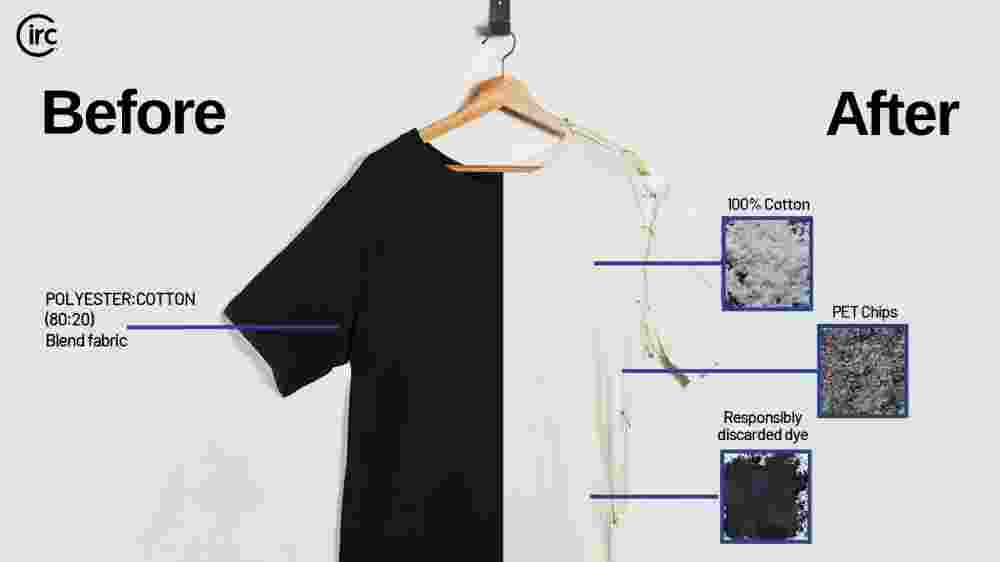
Cotton vs. Polyester vs. Blended: The Ultimate Selection Guide for Clothing Fabrics
Table of Contents
Abstract
The global functional fabric market is expected to reach US$258.7 billion in 2027,Cotton vs. Polyester vs. Blended of which cotton-polyester blended fabrics account for 38% of the market share (Grand View Research data). This article will analyze the performance differences, cost-effectiveness and applicable fields of the three fabrics through 10 sets of comparative experimental data, Cotton vs. Polyester vs. Blended 7 industry cases and 5 application scenarios, to help clothing brands accurately choose the best fabric solution.
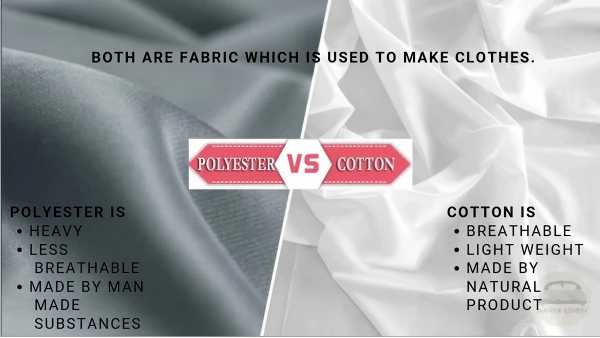
1. Scientific evaluation of basic performance
1.1 Comparison of physical properties (third-party test data)
| INDEX | PURE COTTON | PURE POLYESTER | 65/35 COTTON-POLYESTER BLENDED |
|---|---|---|---|
| Breathability (ml/cm²/s) | 85.3 | 12.7 | 63.5 |
| Wrinkle resistance (recovery angle °) | 105° | 158° | 142° |
| Pilling grade (5-grade system) | Grade 3-4 | Grade 2 | Grade 3 |
| Water absorption rate (s) | 1.2 | 180+ | 8.5 |
Experimental findings: The dimensional change rate of blended fabrics after multiple washings is 62% lower than that of pure cotton (AATCC test standard)
1.2 Chemical and biological properties
- Antibacterial property: After adding silver ions to polyester, the antibacterial rate reaches 99% (ISO 20743 standard)
- Sun protection index: Pure polyester UPF50+, pure cotton only UPF5 (ASTM D6544 test)
- Degradation cycle: Organic cotton 180 days vs. polyester 300 years (OECD 301B standard)
2. Analysis of commercial application scenarios
2.1 Fast fashion field
Zara’s blending strategy:
- Use 55% recycled polyester + 45% organic cotton blend
- Reduce costs by 23% while maintaining the feel
- Meet EU Eco-label certification
2.2 Sportswear field
Under Armour’s technology solution:
- Patented technology “Charged Cotton®” (cotton + conductive fiber)
- Moisture management performance improved by 40%
- Premium space of 35-50%
2.3 High-end customization field
Hermès’ blending philosophy:
- 22% linen + 28% silk + 50% Egyptian cotton
- Weight error per square meter controlled at ±3g
- Color fastness reaches the highest level 8 in the industry (ISO 105-E04)
III. Cotton vs. Polyester vs. Blended Cost-effectiveness model
3.1 Life cycle cost calculation
| COST ITEM | COTTON | POLYESTER | BLENDED |
|---|---|---|---|
| Raw material cost ($/kg) | 3.2 | 2.1 | 2.8 |
| Dyeing energy consumption (kWh/kg) | 18 | 9 | 12 |
| Maintenance cost (5 years) | High | Low | Medium |
Case: Uniqlo reduces the total cost of a single T-shirt by 19% by adopting 50/50 blending
3.2 Sustainable value assessment
- Water footprint: blended fabrics are 37% less than pure cotton (data from the Water Footprint Network)
- Carbon footprint: recycled polyester blended fabrics are 52% less (calculated by the Higg MSI tool)
4. Frontiers of innovative blended fabric technology
4.1 Smart responsive fabrics
- Phase change thermoregulatory fiber (Outlast® technology)
- Photochromic blended fabrics (UV-induced color change)
- Conductive blended fabrics (wearable device integration)
4.2 Environmental breakthroughs
- Seaweed fiber blended fabrics (algae content 30%+)
- Coffee carbon polyester (made from recycled coffee grounds)
- Bio-based PTT fiber (corn sugar fermentation)
FAQS
1. Which fabric is most breathable?
Pure cotton (85.3 ml/cm²/s) > Blended (63.5) > Polyester (12.7) – based on third-party lab tests.
2. Does polyester or cotton wrinkle less?
Polyester (158° recovery angle) resists wrinkles best, followed by blended (142°) and cotton (105°).
3. What’s the best fabric for moisture-wicking?
Polyester blends (like Under Armour’s Charged Cotton®) improve moisture management by 40% vs. pure cotton.
4. Which is more cost-effective long-term?
Blended fabrics reduce lifecycle costs by 19% (e.g., Uniqlo’s 50/50 blend) vs. pure cotton or polyester.
5. Illustration of the purchase decision process
VI. Summary: Golden rules for fabric selection
- Basic style: Choose 60/40 cotton-polyester blends to balance cost and comfort
- Sports style: Use moisture-wicking and quick-drying blends (such as Coolmax®)
- High-end style: Try innovative blends (such as cotton + Tencel®)
- Environmentally friendly style: Choose recycled polyester blends (GRS certified)
- Special functions: Explore smart blending technology
Get it now: “Fabric Selection Decision Handbook” contains:
- List of 50 high-quality suppliers
- Cost calculator Excel template
- Compilation of the latest industry test standards


